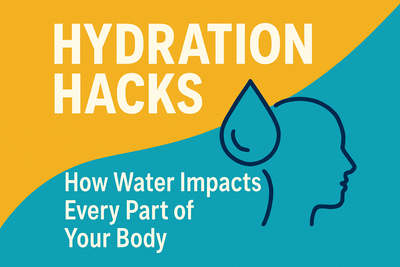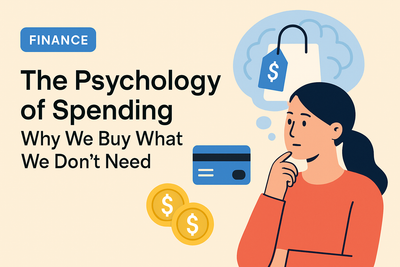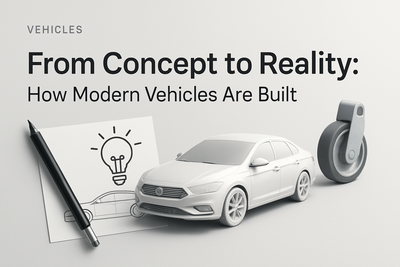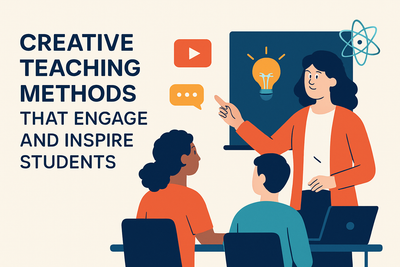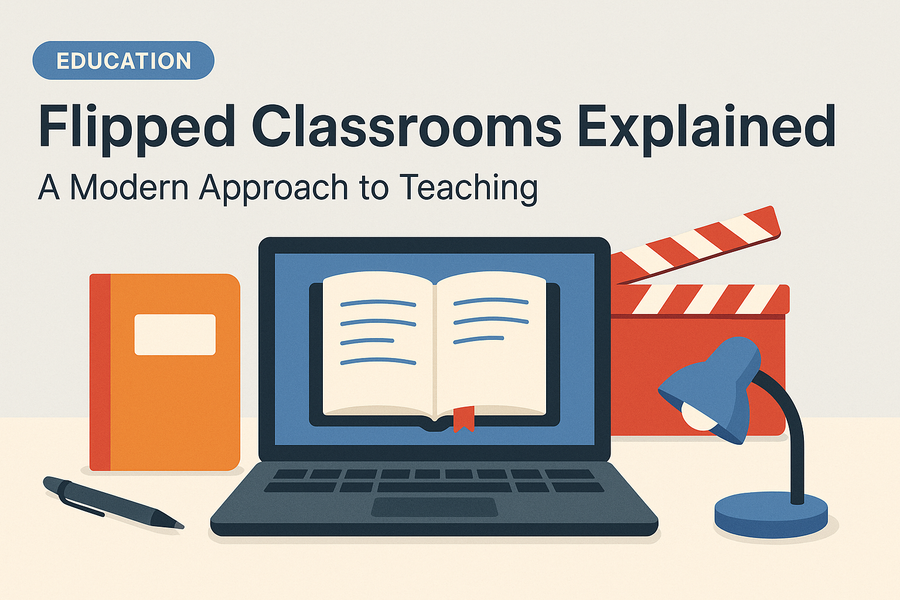
Introduction
Imagine walking into a classroom where students aren't passively listening to a lecture but are actively solving problems, collaborating in groups, and engaging in meaningful discussions. This is the essence of the flipped classroom—a revolutionary approach that has been gaining traction in modern education.
The flipped classroom model inverts traditional teaching methods by delivering instructional content, often online, outside of the classroom. In-class time is then devoted to exercises, projects, or discussions that deepen understanding. Let’s dive into how this approach works and why it’s transforming education.
What Is a Flipped Classroom?
At its core, a flipped classroom reverses the conventional learning structure:
- Traditional Model: Teachers lecture during class, and students do homework afterward.
- Flipped Model: Students learn new content at home through videos, readings, or podcasts, while class time is used for collaborative activities.
This shift encourages students to take responsibility for their own learning and allows teachers to offer more personalized support.
Benefits of Flipped Classrooms
1. Enhanced Student Engagement
By turning lectures into interactive assignments, students become active participants in their education. Real-time problem-solving and peer discussions make learning more engaging and effective.
2. Personalized Learning Experiences
Teachers can spend more one-on-one time with students during class, helping them tailor instruction to individual needs. Struggling students get the support they need, while advanced learners can explore topics more deeply.
3. Improved Academic Performance
Research suggests that students in flipped classrooms often perform better because they have multiple opportunities to engage with the material—first independently, then collaboratively.
4. Better Use of Technology
Flipped classrooms utilize educational technology like video lectures, learning management systems (LMS), and interactive tools, making education more accessible and flexible.
Challenges and Considerations
As promising as this model is, it’s not without challenges:
- Access to Technology: Not all students may have reliable internet or devices at home.
- Time for Preparation: Creating quality video content and interactive materials takes time.
- Student Accountability: Some students may skip the pre-class materials, impacting their ability to participate meaningfully in class.
To address these issues, educators can provide offline resources, establish clear expectations, and use LMS platforms to track progress.
How to Implement a Flipped Classroom
If you're an educator considering flipping your classroom, here are some steps to get started:
- Choose the Right Content: Start with one unit or lesson to test the waters.
- Create or Curate Materials: Use videos, readings, or existing educational platforms.
- Plan Interactive Class Activities: Focus on tasks that require critical thinking and collaboration.
- Communicate with Students and Parents: Explain the benefits and expectations clearly.
- Gather Feedback and Adapt: Use student input to refine your approach.
Conclusion
The flipped classroom model represents a fundamental shift in how we think about teaching and learning. By moving passive learning out of the classroom and replacing it with active, collaborative experiences, educators can create more dynamic, engaging, and effective learning environments.
Whether you're an educator exploring innovative teaching methods or a student curious about new learning models, the flipped classroom offers exciting possibilities for the future of education.


